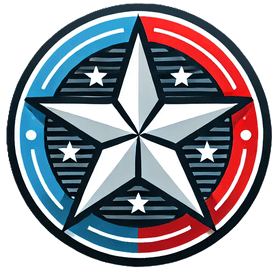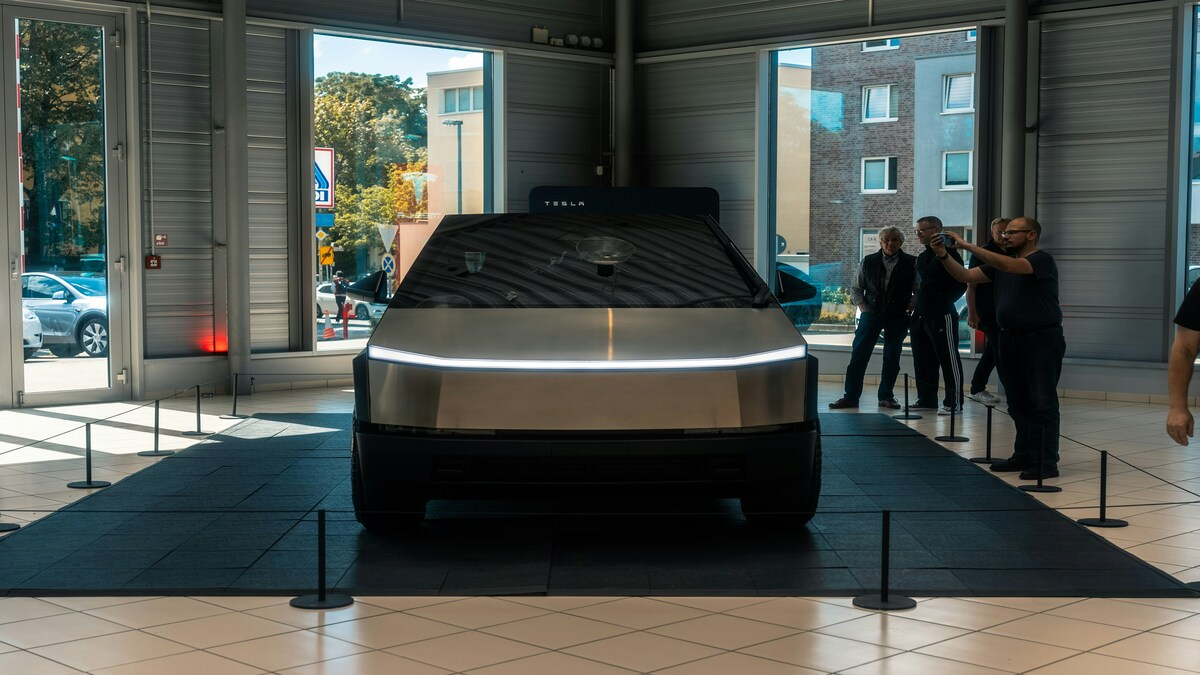Tesla has started recalling over 200,000 electric vehicles in the United States due to a malfunction in its self-driving computer hardware that could cause a short circuit and thus disable several critical safety features, most prominently the rearview camera. These include certain Model 3, Model Y, Model S, and Model X series vehicles.
Details of affected models
The recall covers cars equipped with Tesla’s latest Hardware 4, or HW4, self-driving computers-more appropriately referred to as AI4-that form the heart of the automaker’s strategy for truly autonomous driving. Those models include the following:
- Model 3: Model year 2024-2025
- Model Y: Model year 2023-2025
- Model S: Model year 2024-2025
- Model X: Model year 2023-2025.
These were manufactured between January 25, 2023, and for some Model X cars, up to December 16, 2024, when other Model Ys were put on the production lines.
Nature of the glitch
The big problem is a reverse current while powering up the car that can short the car’s computer board. It will also be counted as failure of high-risk feature-rear view cameras. Self-driving computer is such that in case of its failure many other safety features would not be able to work which includes Active Safety Systems, Auto wipers, auto high beams, cameras, GPS, navigation and range estimations.
Compliance and regulatory issues.
This recall involves failure to comply with Federal Motor Vehicle Safety Standards because the rear visibility camera must always be able to provide a video image to the driver when in reverse. Tesla has already recalled some of its vehicles with related rear view camera problems once last year, in January 2024, and then for Cyber Trucks with laggy rear view cameras in October 2024. Those were both fixed with OTA software updates.
Tesla response and remedy
Tesla is executing this new recall through its over-the-air capabilities. A software update rollout began on December 18, 2024, that was designed to modify the power-up sequence of the vehicle to prevent the shorting failure condition. The update also began to be included in newly manufactured vehicles beginning December 16, 2024. However, the software update cannot correct the underlying hardware condition. As of December 30, 2024, Tesla has identified 887 warranty claims and 68 field reports related to this problem. In instances where the remedy is not possible via an over-the-air update for some vehicles, Tesla wishes to replace faulty self-driving computers free on behalf of customers.
Implications for Tesla’s autonomous driving goals
Among others, the HW4 computers have some of the most vital pieces in Tesla’s roadmap in order to reach full autonomy. Tesla has been hard at work trying to transition into fully autonomous cars, even going so far as to develop a robotaxi service. A recall with hardware replacements will finally make Tesla’s self-driving technology-important for future services that are highly awaited by Tesla-both reliable and safe.
Customer advisory and next steps
Tesla has since recommended that owners of the affected models confirm their vehicles are running the latest software. It has started working to identify which vehicles might incur stress leading to a shorting failure condition. Letters will be mailed to owners of affected vehicles beginning March 22, 2025. Tesla will replace the self-driving computer in the vehicle free of charge if it had previously experienced the shorting failure condition or related stress before the software update was installed.

